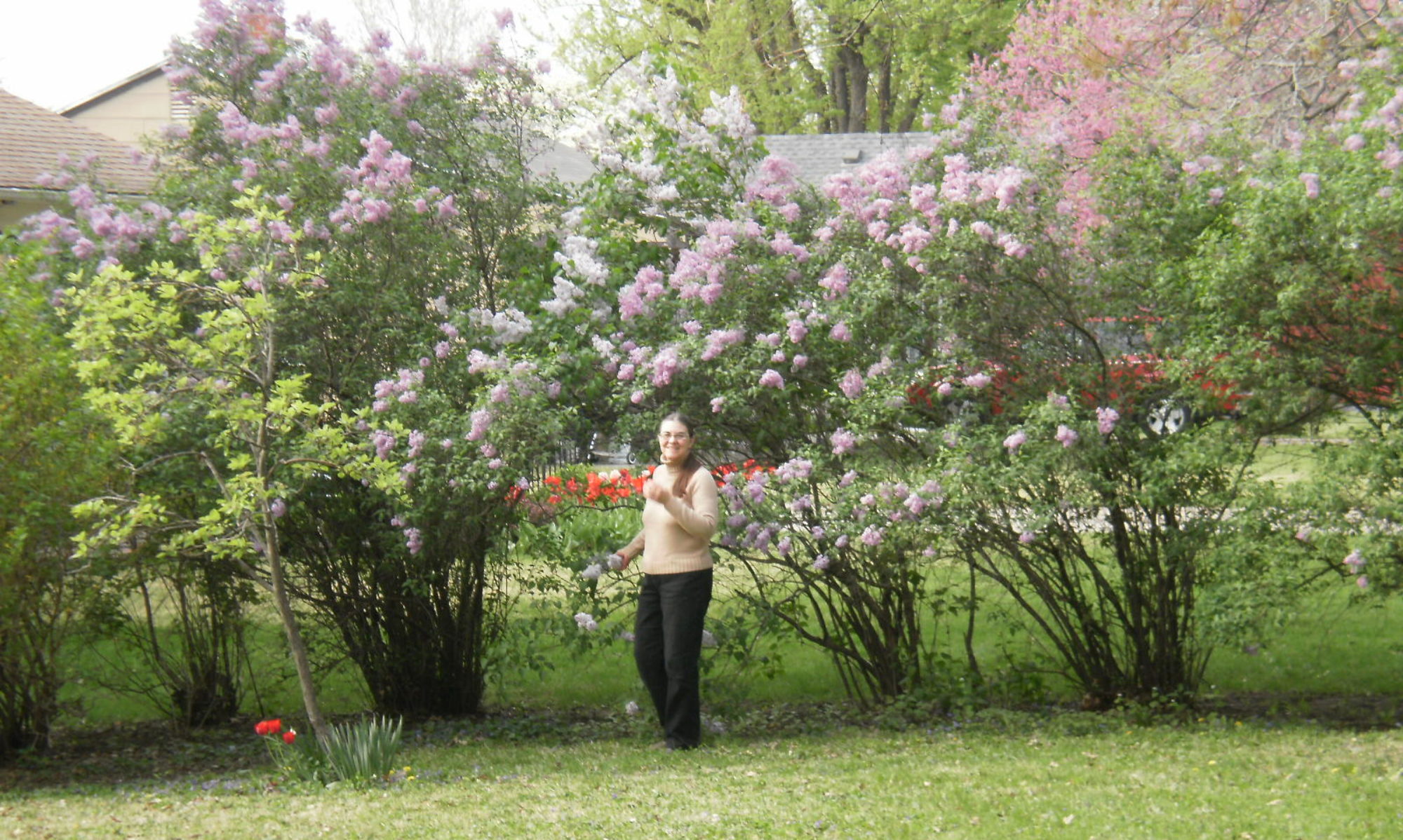Four years ago my mother’s oldest brother died. He had led a remarkable life, but in his old age his mind began to fail him. He never had children, although he had many nieces and nephews to whom he left his estate. The settlement of that estate took years for weird, Dickensian reasons. If you are familiar with the novel Bleak House, you’ll get an idea of the ins and outs of the process of distributing Uncle Bob’s worldly goods. His estate was finally settled, and his legacy was bequeathed, but not without a whole lot of weirdness.
My father’s older sister died in the early summer, the last of a large family of brothers and sisters. She passed quietly in her sleep at the age of ninety-eight. She was the mother of my favorite cousins, the matriarch of an incredibly close family who gathered every Sunday for feasting and sharing. These people understand my sense of humor because they have it too. My aunt was one of the greatest cooks on the planet. Ask anyone who knew her. The pastor who officiated at her funeral nailed it: “When Virginia meets Jesus, he’ll say, ‘You’ve earned your rest. Sit here beside me, and we’ll talk.’ And she will reply, ‘If you want to talk with me, we can do it in the kitchen. People are coming, and they have to be fed.’” Yep, that’s Aunt Virginia.
My close friend died a little over a year ago, killed by a speeding felon who hit her car. Mari’s greatest legacy, in my opinion, is the many, many people she taught how to ride a horse with skill and confidence. She taught people to love horses and how to care for them. Because of her, I fox hunted in Ireland and rode a horse over a three-foot-six-inch fence without dying. Besides teaching, my friend rescued countless animals, large and small. Those of us who remember her and miss her feel grateful for her legacy.
My stepmother died of cancer this summer. We had a rocky start but became really good friends over the years. I missed her during the pandemic when getting together got tougher. I will continue to miss her now that she’s gone, miss our conversations and time together.
A compelling reason for creating anything, for teaching anyone, for having children, is to leave something behind—to create a legacy. We often don’t have a say in how what we leave behind is interpreted. I’m sure there are people who were monsters but thought they were doing good things. They are the ones we damn for their legacy. Others may think they failed, but as time goes on, that proves to be incorrect. Georges Bizet died thinking Carmen, was a flop, and so it was at first. Now it is one of his most beloved works.
I think perhaps we should be kinder to ourselves. While we can do our best to do good things, to create, teach, raise children, care for animals, work for the welfare of our planet, leave money to our heirs; in the end, we have no say in how those we leave behind will interpret our legacy. All we can do is the best we know how, and love everyone we can, and tell them so often.
Image: One of my grandmother’s quilts. By M. Evans









